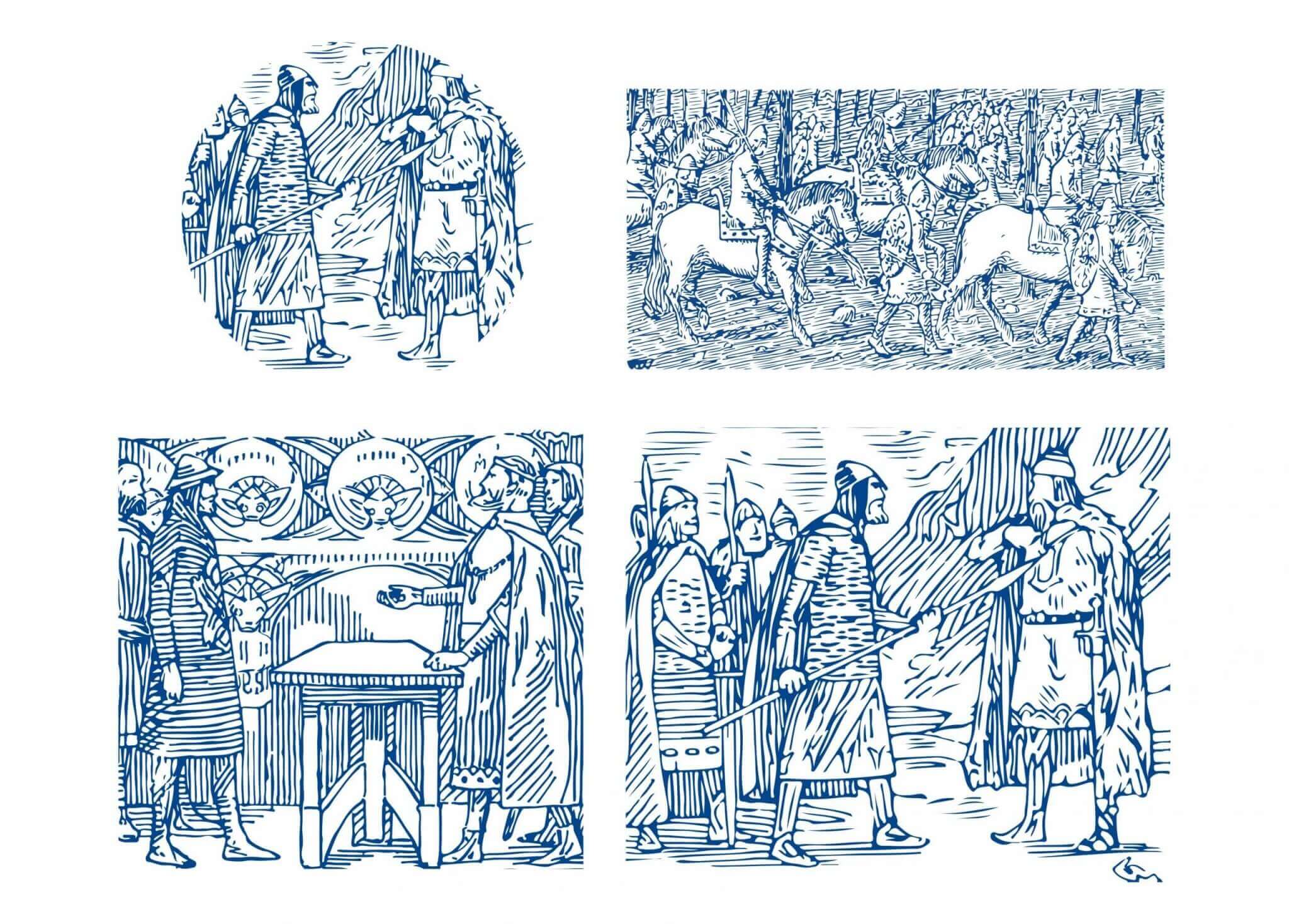Innovative Polish-Norwegian research project

The project “Symbolic Resources and Political Structures on the Periphery: Legitimization of the ELITES in Poland and Norway, c. 1000 – 1300” focuses on the forms and means of symbolic power the members of the political elites in the two peripheral areas of Europe (Norway and Poland) employed to manifest their privilege right to rule to their peers and subjects. These claims to rule of the elites, their ideological justification and legitimacy in the eyes of others, were the crucial problem in face-to-face societies inhabiting medieval Europe deprived of formal institutions and lasting state structures. What symbolic means did these elites manifest their entitlement to rule? How did they compete with other members of the elite? How did the assure their dominance over time?
Chronologically, this project focuses on the period 1000-1300, that is, the era between both Poland and Norway formally became Christian polities and the moment both were united as stable monarchies after long periods of civil wars and feudal partitions. Thematically, the project comparatively investigates e.g. dynastic ideologies, cults and venerations of national saints, ruler ideologies, elite graves and symbolic expressions on coins, legitimation of episcopal and abbatial power, ceremonies of coronation and rituals of conviviality, narrations about the past etc.
The project is based on a close cooperation between the Polish and Norwegian medievalists. The team consists of historians, archeologists, and numismatists coordinated by researchers with good experience of working on the two peripheral regions. The results of the project will be presented as co-written articles prepared for special issues of high profile journals and an edited volume on the topic.
The project is funded from the Norway grants as a part of the GRIEG call within the Basic Research Programme – Programme Operator: National Science Centre, Poland; Programme Partner: Research Council of Norway.